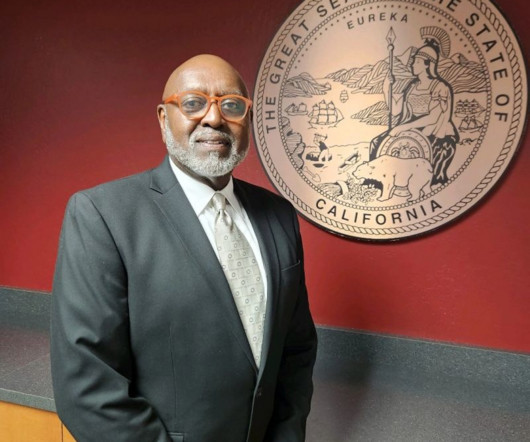Have you seen these 10 Terrible Tenure Decision Making Patterns?
Diverse: Issues in Higher Education
SEPTEMBER 27, 2023
2006) referred to this as the ‘revolving door’ problem, finding that one in every two minority hires was a replacement for a previous minority who had left the institution. Narrow, self-serving yardsticks for assessing impact of scholarship, teaching, and service. Moreno at al. Traditional standards (e.g.,











Let's personalize your content